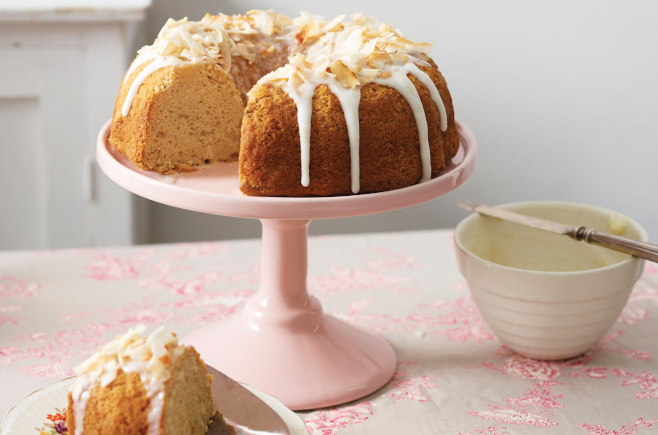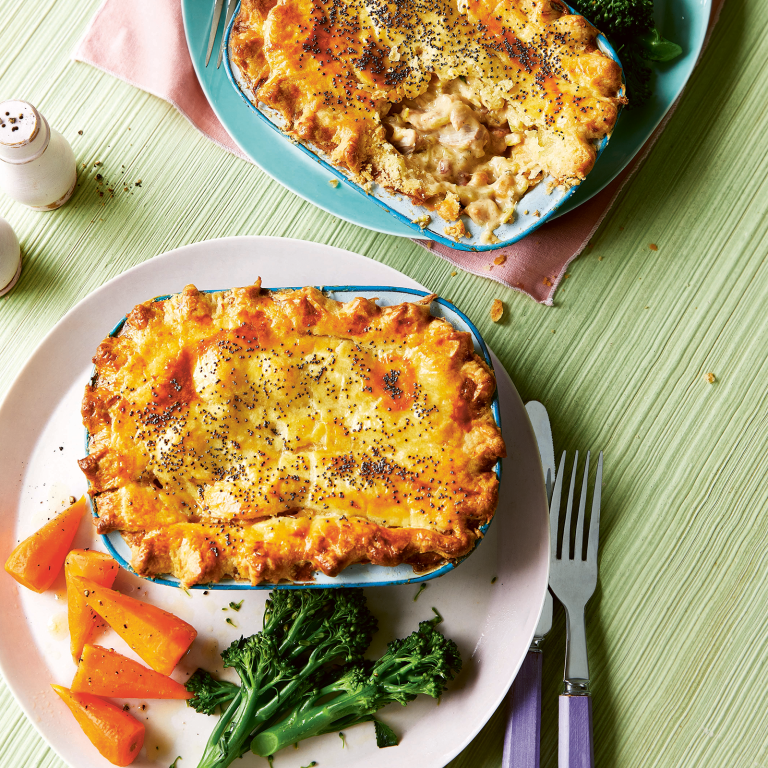Noticed you’re spending more on groceries since adopting a gluten-free diet?
Making the switch can be expensive but it doesn’t need to be. Our gluten-free on a budget tips will ensure you eat well, stay well and have money to spare at the checkout.
- Plan, Plan, Plan
Step one is relevant to everyone regardless of their health, allergies or food preferences. Planning your meals for the week and writing a shopping list with all of the ingredients required will stop you adding those extra, ‘just-in-case,’ items to your trolley. You’ll eat less processed foods and reduce your waste. To get you started we’ve included a week’s worth of budget-friendly meals all under $4 a serve. Turn to page 46 for more.
- Eat Seasonally
Raspberries might be your favourite fruit and your no-fail dinner party recipe might be based around asparagus, but if they’re out of season and being imported from the other side of the world they’re going to cost you. By tailoring your weekly meal-plan to match in-season fruit and veg you’ll not only save dollars but the produce you do buy will taste better too!
- Cook Up a Storm
Set aside one afternoon a month and cook up batches of your favourite soups, bakes and stews. Store in single serves in the freezer for those nights when you really don’t feel like cooking. It’s much cheaper and healthier than take-away.
- Keep it Fresh
Packaged and processed foods may make things easier but you pay for that convenience. Throw a couple of gluten-free pies at $9 a box into your trolley and things quickly add up. Fortunately, there are plenty of fresh, delicious and easy-on-the wallet ingredients that are naturally gluten-free. Fresh fruit and vegetables, eggs, nuts, legumes, seafood and fresh meat are all gluten-free.
- Make it to Bake it
Most supermarkets now stock a range of gluten-free flours, but when you compare the prices to those containing gluten, you start to see why your grocery spending has sky-rocketed. For baking, gluten-free flour blends tend to work better than gluten-free flour made from a single grain. Make you own flour blend in bulk and you’ll find it much cheaper (and tastier) in the long run.
- Shop Smarter
When you see your favourite pantry items on sale stock up. The major supermarkets often have sales on gluten-free pasta, cereals and bread. Take advantage when you can.
- Snack Smart
Carrying gluten-free snacks is a great way to ensure you never get caught out, but they are expensive. Making your own bars and crackers is a great way to save at the check out. Another snack-wise tip is to make your own dips. You can usually make twice as much for half the price.
- Smooth Moves
Don’t let overripe fruit and vegetables go to waste as they still contain disease-fighting antioxidants. Fruit can be frozen for later use in smoothies, muffins and cakes. Vegetables can be cut up and blended with water for a quick sauce or puréed for soups, stews and even baked goods.
- Get a Green Thumb
Growing your own herbs doesn’t take much gardening ability and with the varieties and potting options now available anyone, anywhere, can do it. Herbs are a cost effective way to flavour gluten free food and they’re even cheaper when you grow your own.
Image: Shutterstock







